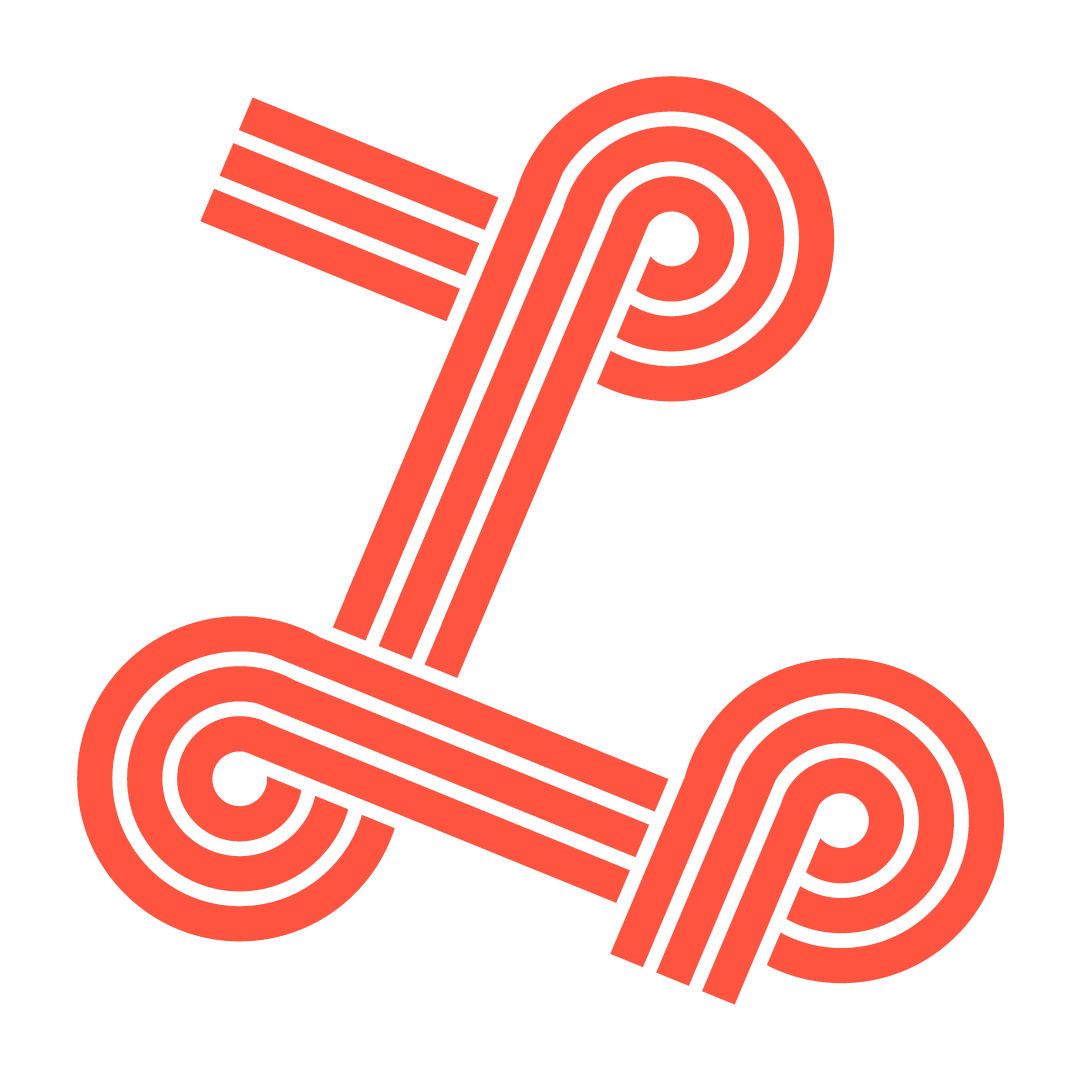Breadcrumb
Breadcrumb is a wearable logging device that allows travelers to seamlessly document their journeys by capturing location- and audio-based memories for personal recordkeeping and social sharing.
January–May 2022
Capstone Project for “Integrate and Implement,” Master of Arts in Design Engineering at Rhode Island School of Design + Brown University
RISD Grad Show 2022
Team
→ Seth Eiseman
→ Samantha Ho
→ Ashley Kim
→ Lilly Nguyen
→ Rohan Upadhyayula
Role
→ User Research + Testing
→ Product Strategy
→ Wireframing + Mobile UI/UX Design
→ Visual Design + Branding
Tools
→ Fusion 360, SOLIDWORKS
→ Arduino
→ React
→ Figma
→ Adobe Illustrator, After Effects, Photoshop
In a post-pandemic world, the line between living and traveling is blurring—more flexibility in work, as well as pent up demand from the time we’ve spent staying at home due to the pandemic, mean people are shifting away from the mindset that traveling is a series of one-off trips and instead a lifestyle where you can spend time in different places of the world throughout the year. If people are traveling more frequently, that also means there should be a change in how people document and share their travels.
Breadcrumb is a wearable device that pairs with a mobile app. The Breadcrumb device can be worn as a pendant or bracelet, clipped to a garment or strap. To drop a ‘crumb,’ the user clicks once to log their current location and holds down to record a sound snippet, aided by the device’s built-in GPS unit and microphone. Crumbs are synced to the app, saved sequentially as a breadcrumb trail.
Our research insights can be summarized by four main themes: the first is that trends in travel behaviors indicate that travel is a ripe area for adoption of new products. With increased travel comes the question of how technology affects our ability to effectively unplug while on vacation. Third, is the need for creative ways to create a personal archive to document our experiences. And finally, broader trends in the tech industry point to an audio-first world.
“We are shifting from traveling at all the same times to all the same old places, to many of us living anywhere, at any time, for however long. This is not a temporary reaction to these many months of restrictions and isolation—it’s a step toward a world in which living and traveling are one and the same.”—Airbnb Report on Travel & Living, May 2021
One of the main pain points that travelers experience while on vacation is they can't truly unplug—when our phones keep us constantly connected, it makes it hard not to check work emails or fall into doomscrolling, which means we take the stress of everyday life with us on vacation.
For this reason, we decided to create a physical device whose primary function is independent of a phone to eliminate the potential for being distracted by your phone. Physical products provide object permanence, a tactile sensory experience, and a sense of play—key ingredients for a great trip.
We found in our research that when travelers are planning their trips, they'll typically initially use the standard review apps like Yelp and Google Maps. But those platforms can be overwhelming, and most travelers would agree that sometimes recommendations that feel like they’re coming from a friend or family member who knows you personally, and who has first hand, reliable experience of where you're going, can alleviate the burden of parsing through Yelp suggestions.
But when you're the person sharing those recommendations, it can be a pain to jog your memory of your favorite spots from a trip you took years ago. Even if you're in the habit of saving your location history on Google or Apple Maps, those UIs are built more for record keeping than for sharing. When you're sharing a saved map with a friend, they get a cluster of random pins, and don't get the context of knowing for example that this restaurant is the one you went to for your anniversary dinner.

